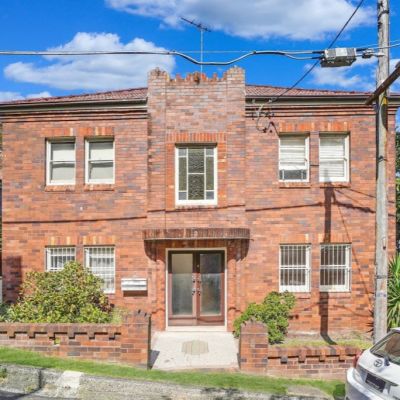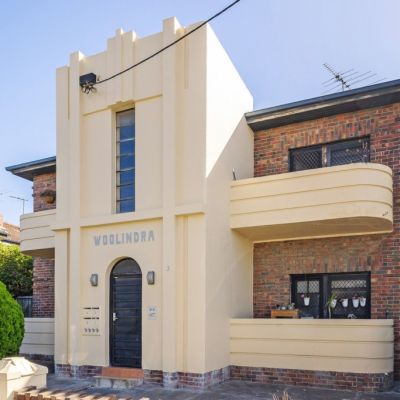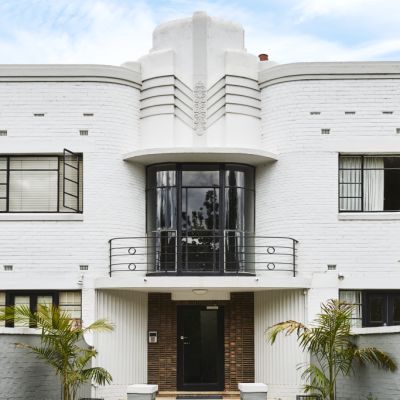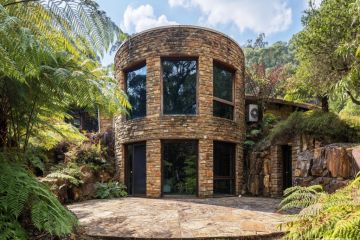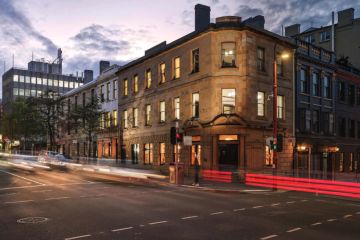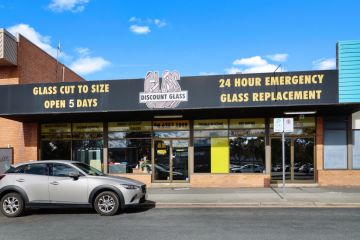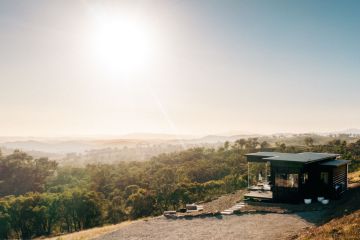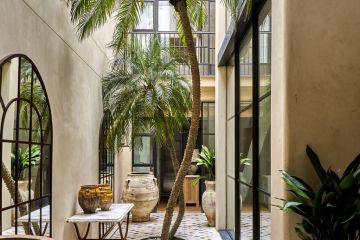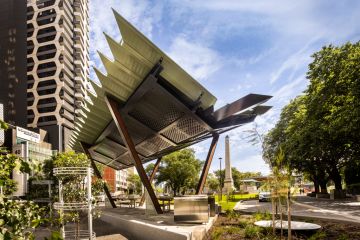Can't afford your own apartment? Buy a whole block of units with your friends instead
When her ageing mother said she’d like to move interstate to be closer to her grandchildren, Ruth Giles had a dilemma.
With no room in their townhouse and no space for a granny flat, she could try to find her mum an apartment somewhere close, but there wasn’t anything suitable around. Then she had a brilliant idea: what about getting together with a bunch of like-minded people, pooling their finances to buy land and then building a block of units that would suit them all?
Six years on, Giles, 48, who works in the community housing sector, is living happily in their new 10-unit building in Melbourne’s West Brunswick, with her mum in one, friends she met during the process in others, and herself, her husband and children, 13 and 11, in another three-bedroom apartment.
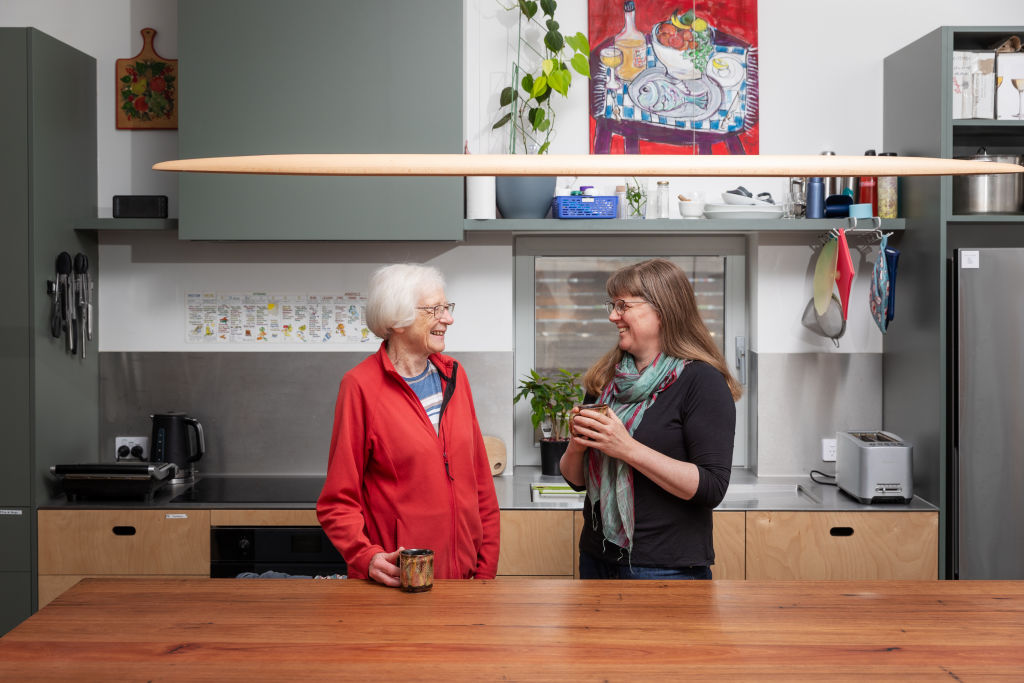
“I loved the idea of co-housing where you could build a real community,” Giles says. “There were some challenges, like the scepticism and incredulity of people around us and access to capital from bankers and financiers. But the outcome is fantastic.
“At least once or twice a week, someone will say they’re going to have dinner or lunch in the central garden area, and we’ll get together for that. Mum loves it as she’s close to us … Her friends are pretty envious.”
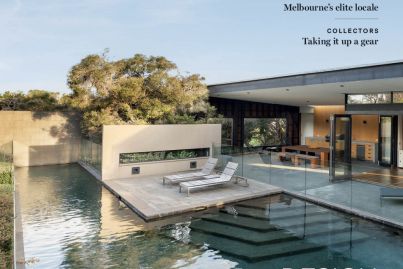

It’s just one of the ways apartment buyers are today being much more proactive about finding their perfect homes. In Sydney during the 1950s and 1960s, people would often purchase entire unit blocks for themselves and their extended families. Now, some are still actively hunting down old small blocks that can be strata-titled for themselves, their relatives, or friends.
“It can make perfect sense,” said Richardson & Wrench Marrickville agent Aris Dendrinos, who’s been selling a block of four apartments at 52 Henson Street, Summer Hill, with a guide starting at $4 million for the building. “With a small block, three to four people could get together and have one each,” Dendrinos says.
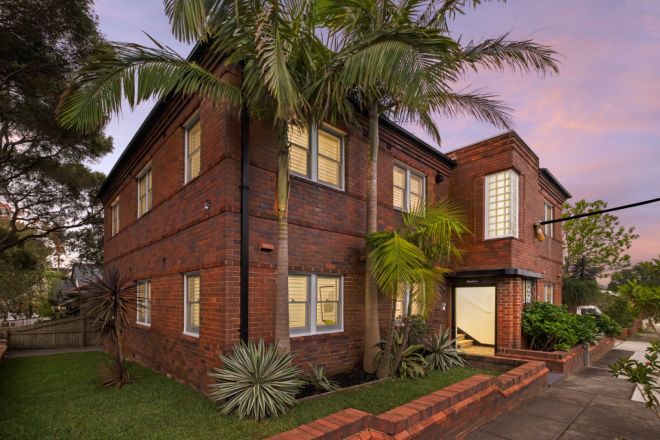
He witnessed this happen in 1997 when four long-time mates, all looking for apartments to buy, instead purchased a rundown 1930s art deco block of four units in Dulwich Hill, Sydney’s Inner West, for just $490,000.
Today, 27 years on, three of them are still living happily at 195 Wardell Road, while Dendrinos resold the fourth apartment last year for a cool $1.25 million. “It’s worked out very well,” says one of the four friends, Jeffrey Sheather, now a retired schoolteacher and health educator in his 70s. “My 94-square-metre unit cost me $150,000 and, because the block was never strata-ed, we’ve looked after everything ourselves.
“I’d recommend people look at buying blocks and instead of individual apartments in different building – providing you’re all like-minded and compatible and are likely to get on.”
One four-unit block on the market currently was built by the late entertainment icon Barry Humphries’ father, Eric, in 1948. The building at 17 View Street in the Melbourne suburb of Hawthorn is being auctioned on December 11 with a price guide of $2.8 million to $3 million by Barbara Johnson, 89, the only surviving sibling of the four children.

“Dad was a very well-known builder, and he was very pleased with this building,” she says. “I’d love it to be bought by a family or a group of friends to live in. It would make perfect sense.
“My friends and I always thought that it would be a good idea to by a group of units and have one for a driver and a nurse.”
Tim Riley of Property Collectives has established a business as a development advisor, helping people come together to collaboratively invest in their own homes. Sometimes, like Giles, they design and construct their homes at cost, sometimes they partner with developers to create their homes, and sometimes they look for existing unit blocks to buy and retrofit to match their own needs.

“With the cost of building new so high, it’s a good strategy to find an existing unit block,” Riley says. “[But] it can also be hard for people to come together and search together; when it gets to five or six families, it starts to get quite complicated. This is more common in Europe and the US where there’s a lot more older housing stock, but I think co-purchasing will become more popular over time as property continues to grow more expensive.”
There’s an increasing number of small, older unit blocks on the market throughout the country as well. In Sydney’s Paddington, a block of 12 strata-titled units at 57 Regent Street, which the same family has owned for over 60 years, was recently sold at auction with an initial price guide of $9.5 million. In North Bondi, a block of five overlooking the beach at 179 Hastings Parade sold earlier this month for $15.16 million.
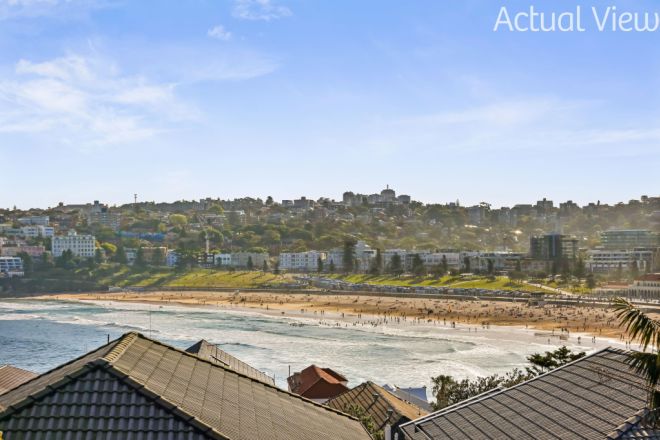
One person who has been searching for an existing building to buy, along with her partner, two children, her sister, her parents, and their friends, is urban planner Stephanie Malcher, 38. She’d be happy with a smaller home that has a shared laundry, car, and outdoor space, and neighbours willing to pool childcare and some cooking.
“We’ve been looking for an existing building in the inner north of Melbourne for about six months, something that has the right amount of internal space, something that can host 10 to 15 households, in the right location,” Malcher said. “The reality is that we’ll probably combine some units for those who need three bedrooms.
“We looked seriously at one, but it was too expensive in a premium location that we don’t really need. But we’re very hopeful of finding one that’s suitable. I definitely see this as the way of the future. Intergenerational living is becoming more important all the time.”
We recommend
We thought you might like
States
Capital Cities
Capital Cities - Rentals
Popular Areas
Allhomes
More
- © 2025, CoStar Group Inc.
